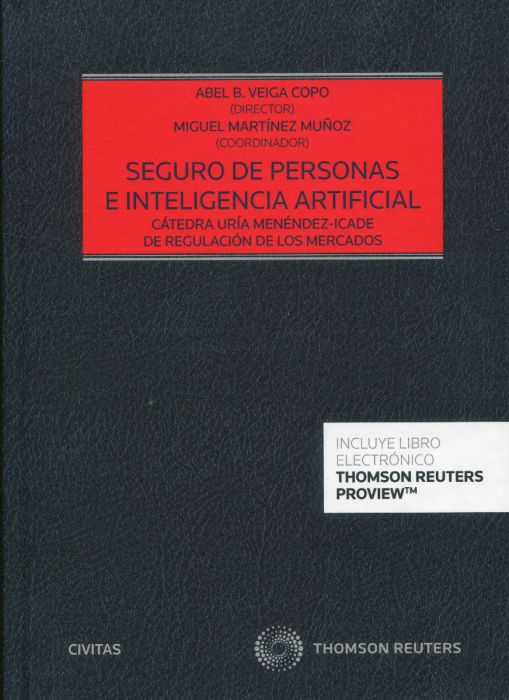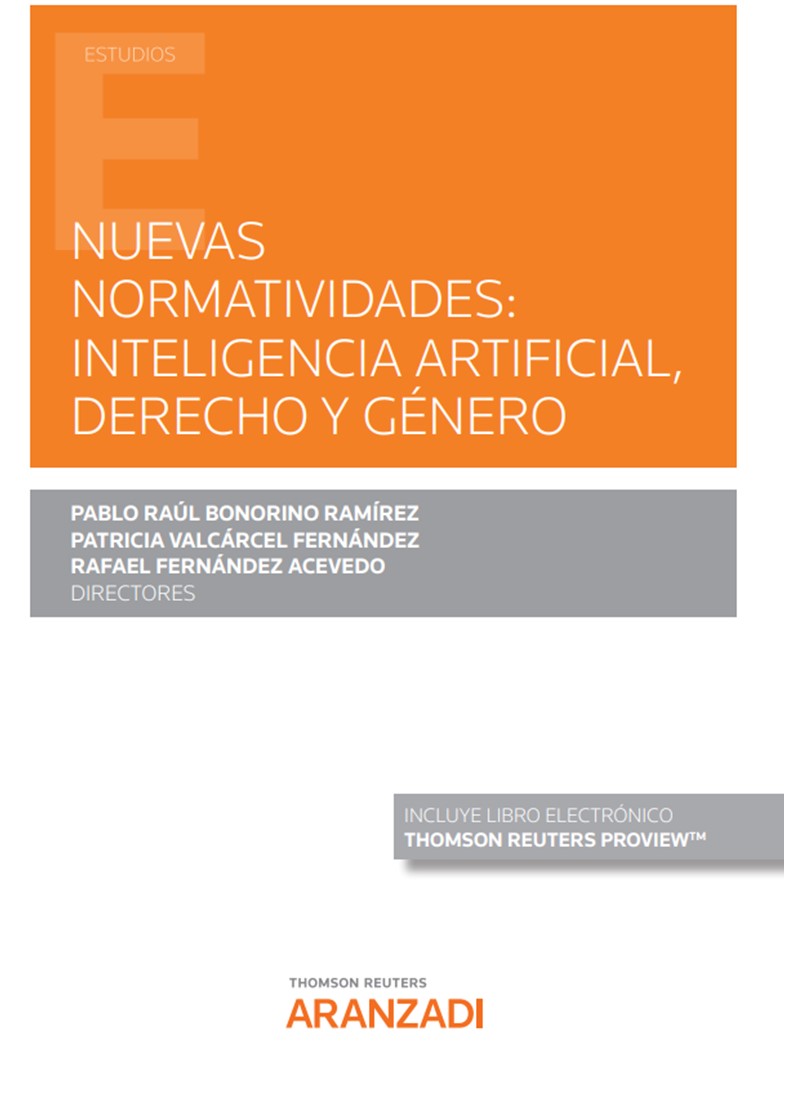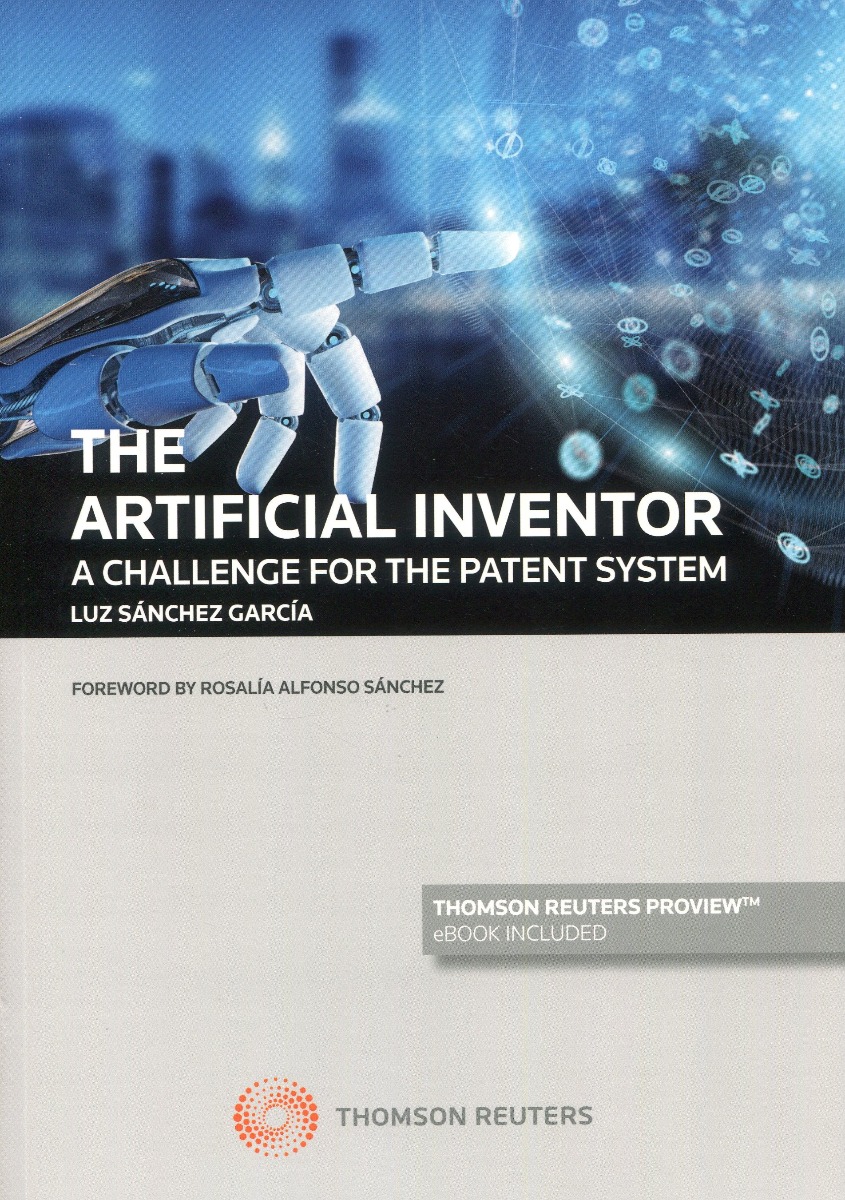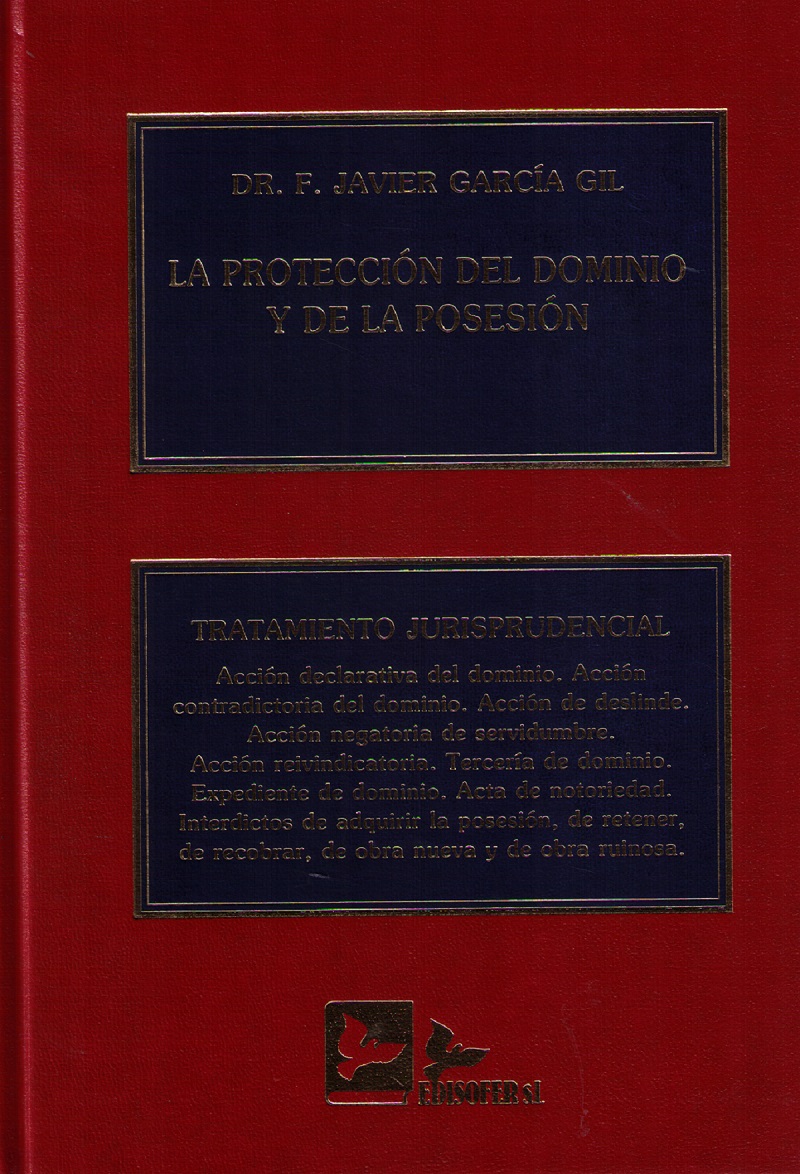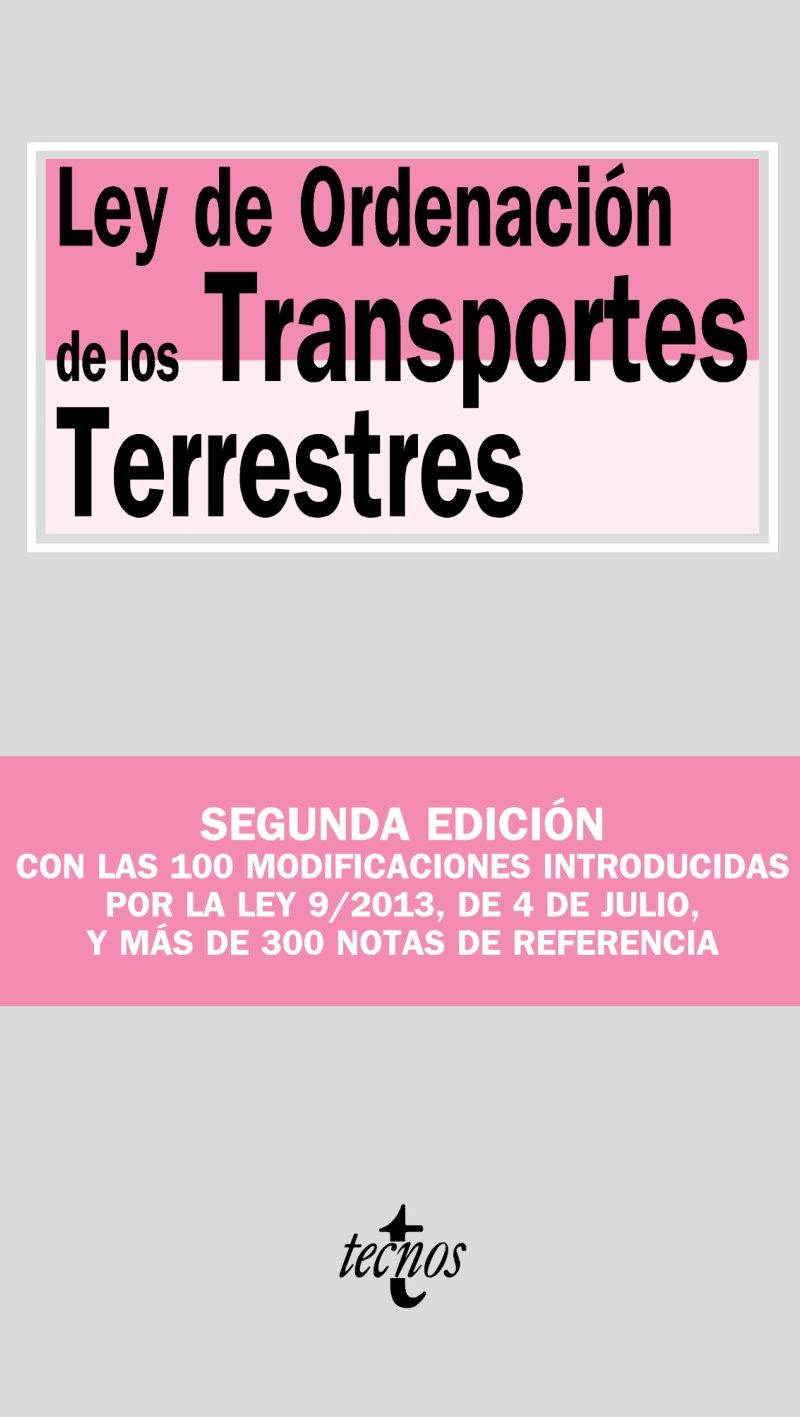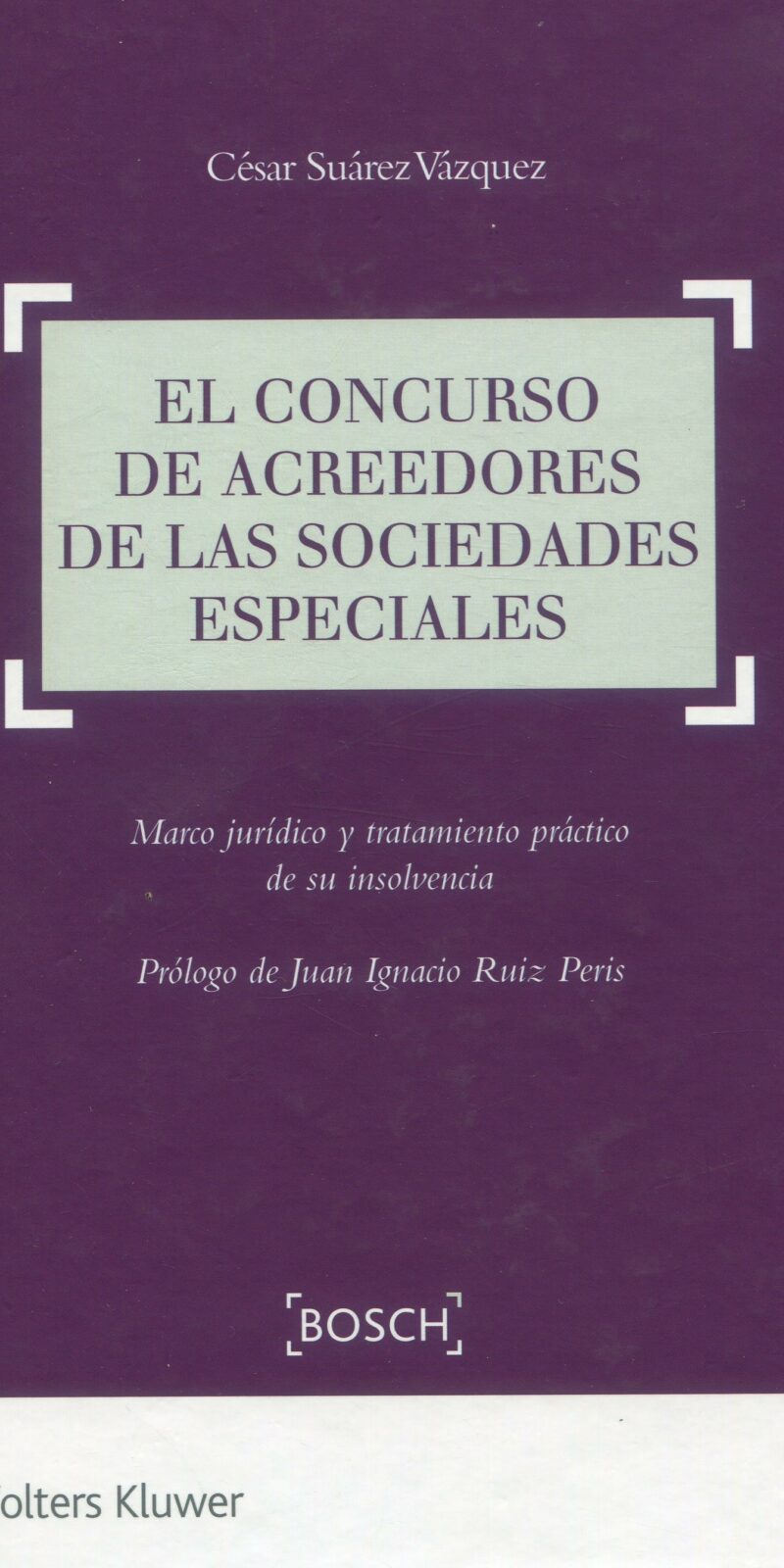It is now commonplace to say that artificial intelligence (AI) makes up one of the key technological advances for humanity. And yet, it is also general to state that AI represents one of the world´s critical challenges from social, ethical and legal perspectives.
It is precisely in these mixed views that the book finds its deepest raison d’être. If societies are at least significantly sceptical about the impact of AI, it seems more than justified that those components of AI that may in principle put more social risks should find an ethical and legal counterweight. Indeed, this book aims to contribute to enrich the debate about the ethical and especially legal determinants of AI technologies.
The work is characterised by three main notes: it is multidisciplinary, international and introductory. Multidisciplinary, because it focuses mainly on legal aspects, but it does not disregard the technological one, obviously essential in view of its subject-matter; although its readers may not be technologists, it is decisive for them to be provided with the foundations for any feasible ethical, business or legal analysis. It is international, as its authors come from universities and other entities on three continents (the Americas, Asia and Europe), which has helped to approach the issues from different territorial, thus complementary perspectives. Thirdly, it is an introductory book to the main ethical and legal (also business) problems of AI; at recording all of them, though, it will provide the reader with the general vision often sought when first approaching a matter or when trying to identify its very essence.
PREFASE
CHAPTER ONE. TECHNOLOGICAL AND BUSINESS ASPECTS
I. THE CONCEPT OF “AI”. OPACITY AND SOCIETAL IMPACT. Oriol Pujol
1. Classification of the concepts of AI
2. AI as the catalyst of digital transformation across industries
3. The role of machine learning
4. Business cases and applications in the legal practice
5. Challenges and trends
CHAPTER TWO. ETHICAL AND ORGANIZATIONAL ASPECTS
I. PHILOSOPHICAL AND ETHICAL CHALLENGES OF AI. THE IMPORTANCE OF AWARENESS. José Ignacio Latorre
1. The dawn of AI ethics
2. Machines that decide
3. Undoing old ethics
4. Steps toward ethics for machines
5. Programming ethics
6. Conclusion: EU ethics guidelines for AI
II. SOFT-LAW, SELF-REGULATION AND COMPLIANCE IN AI. Francisco Pérez Bes
1. How to regulate AI?
2. The adaptation of legislation to the new AI scenario
3. The development of a new body of rules for AI
4. The system of codes of conduct in current regulations
CHAPTER THREE. THE GREAT LEGAL PROBLEMS OF AI
I. THE REGULATORY CHALLENGES OF AI. AN OVERVIEW. Pablo García Mexía J.D., Ph.D.
1. What do we mean by “AI”?
2. Is the law prepared to meet the challenges of AI?
3. Reactions from the legal field
II. EQUALITY AND AI. BIAS AND DISCRIMINATION. Dr. Marina Serrat Romaní
1. Towards a fairer society
2. Bias and discrimination
III. AI AND PRIVACY. PHYSICAL RISKS, LOGICAL RISKS. A VIEW FROM LATIN AMERICA. Guillermo A. Tenorio Cueto
1. AI and privacy. A view from Latin America
2. By way of conclusion
CHAPTER FOUR. LEGAL REMEDIES FOR A HUMAN-CENTERED AI
I. THE PRINCIPLE OF THE RULE OF LAW IN THE REGULATION OF AI. Oreste Pollicino and Giovanni De Gregorio
1. Introduction
2. The Rule of Law in Digital Transition
3. Algorithms and the Public Sphere
4. Automated Decision-making and Personal Data
5. Horizontal Effects and New Rights
6. Conclusions
II. LIABILITY RULES FOR AI: AN ECOSYSTEM APPROACH TO MANAGE RISK AND UNCERTAINTY. Argyri Panezi
1. AI is not a big red button
2. AI meets liability rules
3. Managing risks and uncertainties: individual or collective liability?
4. Holding artificial agents liable
5. Conclusion: the animals and the zoo
Editors
Pablo García Mexía
Francisco Pérez Bes
Coordinator
Argyri Panezi
Authors
Giovanni De Gregorio
Pablo García Mexía
José Ignacio Latorre Sentís
Argyri Panezi
Francisco Pérez Bes
Oreste Pollicino
Oriol Pujol
Marina Serrat Romaní
Guillermo Tenorio Cueto


